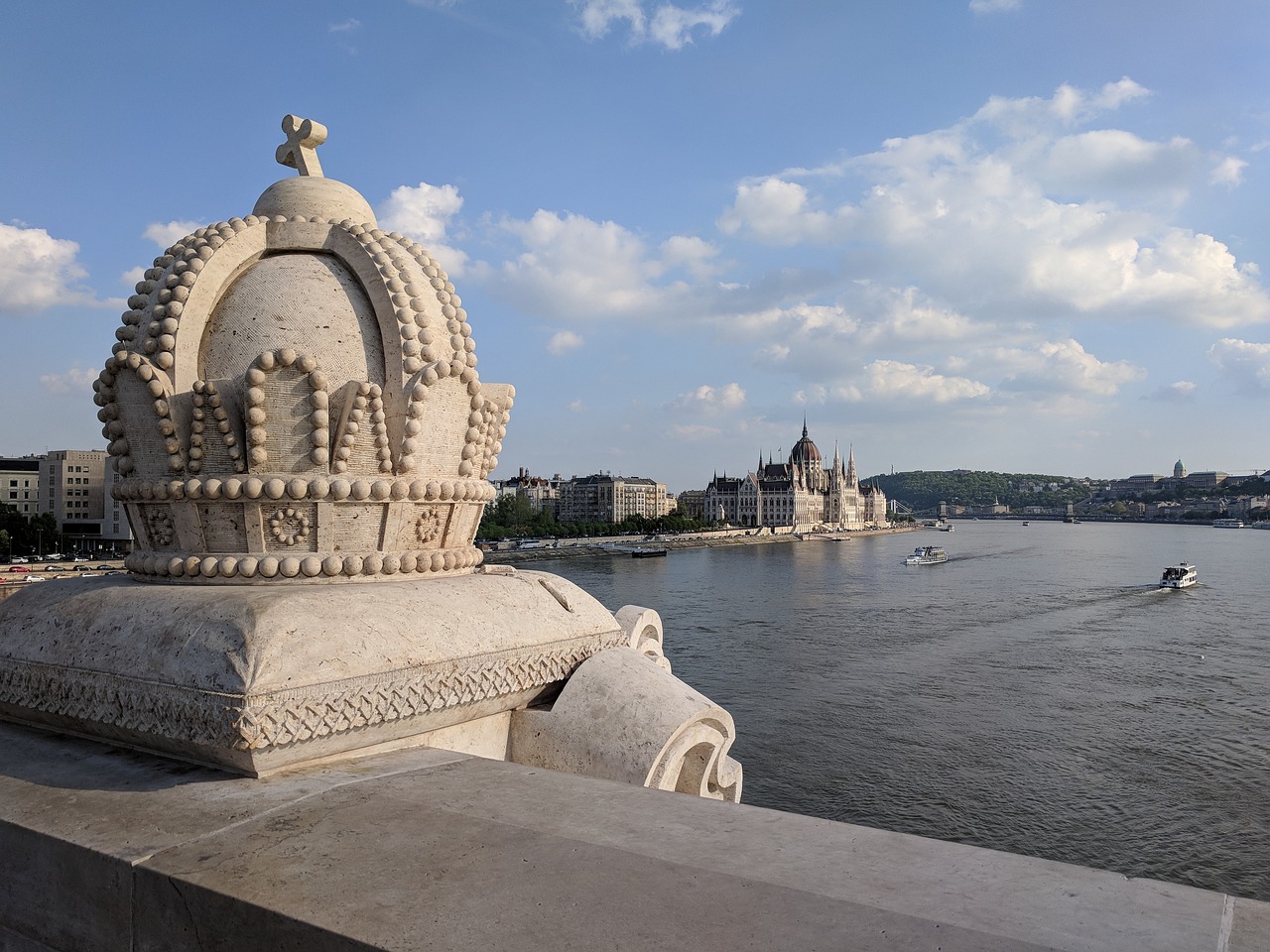
The Institute of Hungarian Research has achieved outstanding professional results in the past year, primarily in the fields of Classical Philology and Archaeogenetics, Miklós Kásler, Director General and Honorary President of the Institute, said at a press conference.
The director general stressed that the institute has very ambitious plans for the next period. In the context of Hungarian origins research, he said that an important task was, among other things, the re-translation of sources from the Early Middle Ages. He added that in the areas where the Hungarians migrated, there are many unexplored written relics “that the Hungarian people have not yet seen.” Recently, for instance, they have managed to access materials from the libraries of Armenian monasteries, but it is also worth researching the northern Caucasus, Georgia and all the “-istans,” he explained, noting that these areas are also important for musical heritage.
Miklós Kásler said that they have started to compile an encyclopedia of medieval Latin inscriptions, because medieval Hungarian sources are now mainly found in Slovak and Romanian collections. He also noted that the historical archaeogenetic research on the royal remains in Székesfehérvár (central Hungary) is progressing well.
He added that the examination of the remaining 200 “degraded skeletons” would certainly be completed this year. “The final identification of the 15 kings will depend on when we get the permits,” said Kásler, adding that permits are being requested for the sampling of the remains of the kings who could be used as references for comparison.
The director general also pointed out that the school textbooks prepared in accordance with the new national core curriculum (NAT) already include the results of the latest research, but that not everything has been incorporated into teacher training yet. He stressed that at the request of the Minister of Interior, Sándor Pintér, the Institute’s experts are already working on a training plan in line with the NAT.
